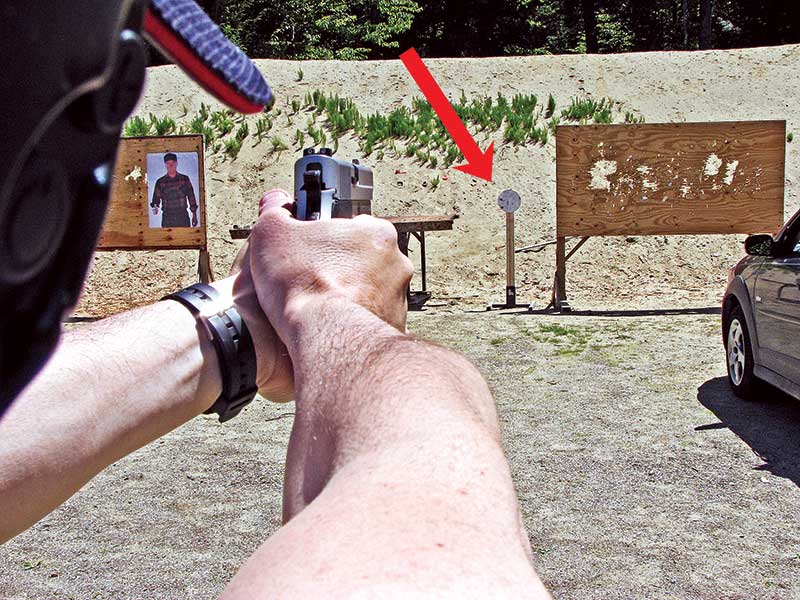What Do We Expect Of You?
Skills And Drills For Saving Lives
I’ve argued “tactical” didn’t mean you had to run a gun like some guy fresh out of a high performing specialized unit. So what does it mean for the average person?
Before we even address weapons, you have to know — know in your bones without a sliver of “maybe” and to the fullest measure possible — you will not let anyone harm someone you love or are responsible for. Second is answering what Mas Ayoob calls “The question.” Can you take a human life if it’s necessary in order to protect a life? If the answer is even a tiny bit “I don’t know” then you need to cogitate on the subject for a spell. We call it mindset.
Skills
To me, having self-defense gun skills means in addition to conscious, slow-fire, deliberate marksmanship, you can run the gun at faster speeds, requiring unconscious operation — while still hitting. Mastering static, slow-fire marksmanship isn’t all that difficult, but shooting fast(er) is hard. This is in no small part because you can’t think your way through the shooting. This kind of unconscious, reasonably speedy fire will be called for in a self-defense situation. I submit you have conscious marksmanship reasonably down pat if you can hit an 8″ or 10″ plate at 25 yards almost all of the time once your gun is zeroed. Which is not to say you shouldn’t try to improve this by adding speed.
With regard to faster shooting, all of the following criteria are subjective, and reasonable people may — indeed, will — differ, and it assumes you’re using a full-sized handgun. You’ll need to make adjustments for smaller guns.
Instructor and teacher Tom Givens has probably had more non-cop students prevail in gunfights than any other US instructor. As I write this the tally is 46 wins, two forfeits (didn’t have a gun) and zero losses. Tom’s students are almost all ordinary, busy people, not training fanatics.
One of his main standards is drawing from concealment and hitting a 7″ x 9″ target in 1.5 seconds at five yards. Another is to draw from concealment, take a side-step, and hit the same target with three rounds in three seconds at three yards. This conforms very closely to what he sees in his students’ actual shootings. Since these are two of the standards the data tells us have a history of preparing people to prevail in actual deadly force confrontations, they are great expectations to start with. Neither will “place” you in even a local club match, but neither are they “gimmies” if you don’t practice.
Control
Another standard I’m fond of is the Higginbotham Controllability Drill. You start from a two-handed low ready and put five rounds into a 5.5″ x 8.5″ target — a standard piece of paper folded in half — in two seconds at five yards. For serious — but beginning shooters — this is a goal. Give yourself more time, but work toward two seconds.
Another standard I think a serious shooter should be able to achieve is to hit a plate at 25 yards from a low ready in 2.5 seconds. Start with any size plate you can hit, but the eventual goal is the A-zone of an IPSC target (6″ x 11″), or the down-zero area of an IDPA target (an 8″ circle or plate). Add the draw into the drill to make it harder, but give yourself another half second or so. The objective here is to be able to hit at a distance and your gun will have to be zeroed for your ammo.
Doesn’t happen in the real world? One of Tom Givens’ students had to engage a guy shooting at him from 22 yards. Read the Ayoob Files in this issue about an 80+ yard shot with a 1911, taking a suspect down. Also, think of the shot you’d need to make in an active shooter situation across a parking lot, down a mall or school corridor, etc.
Nailing these drills won’t get you classified as a great shot, and you will want to improve them as your time allows. But we would consider you as being prepared, practical and prudent in a real-life context. And remember, some practice is much better than no practice.

Get More Personal Defense Tips!
Sign up for the Personal Defense newsletter here:






